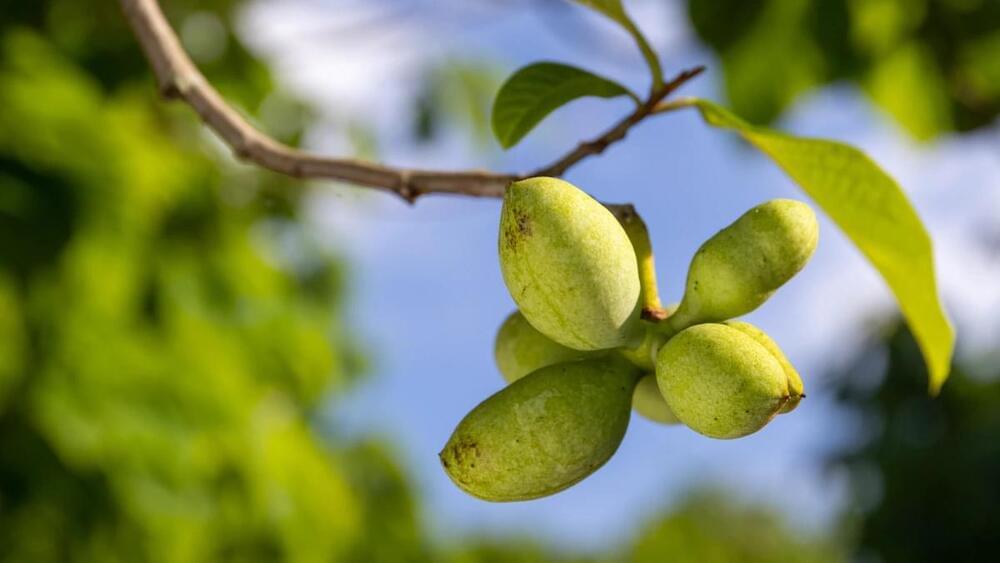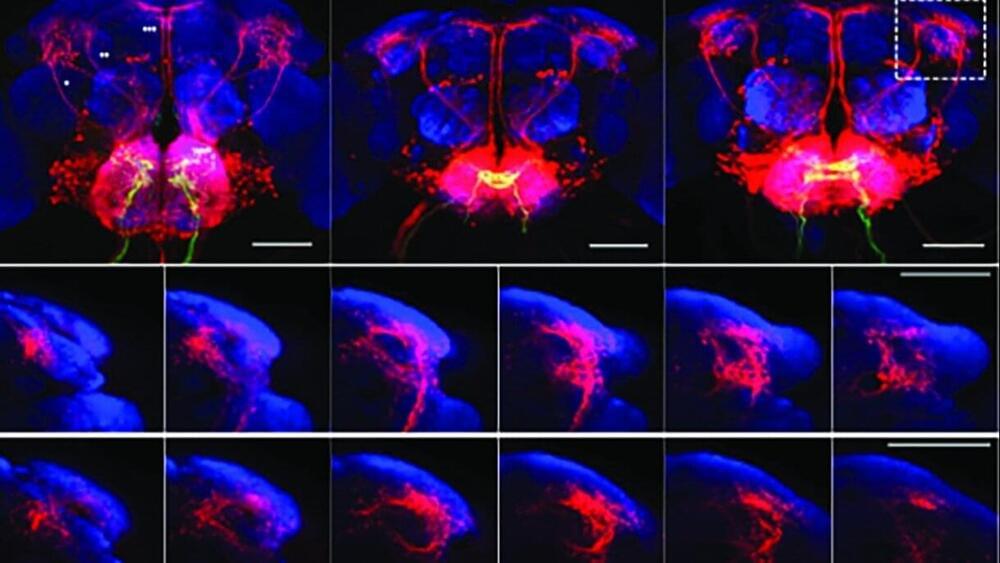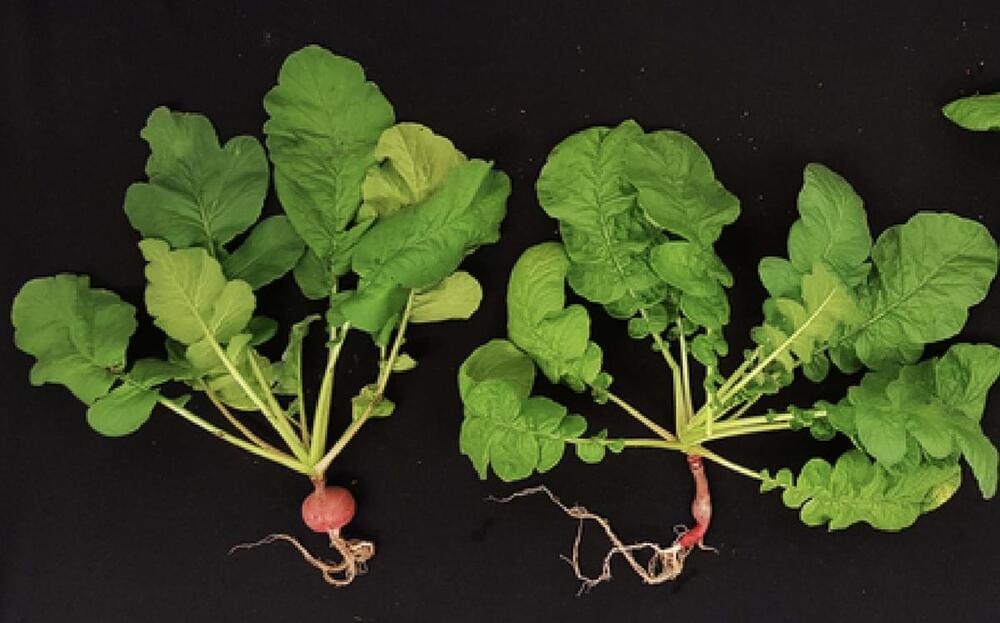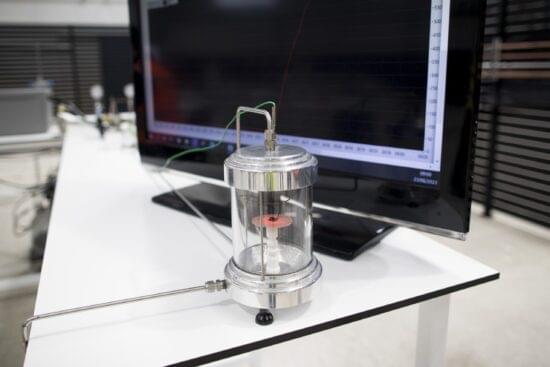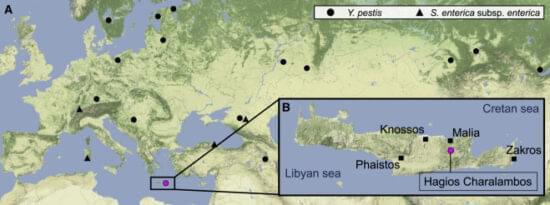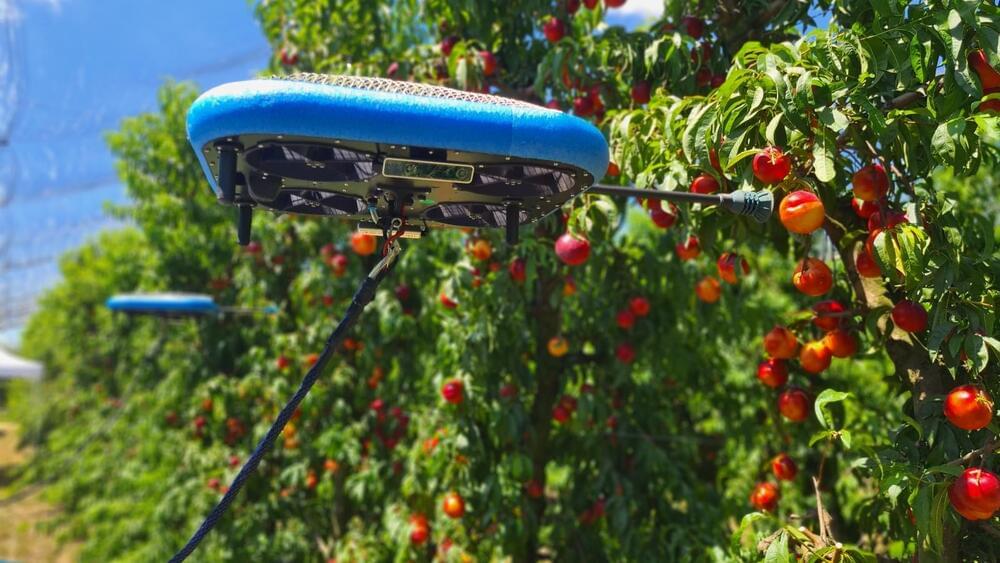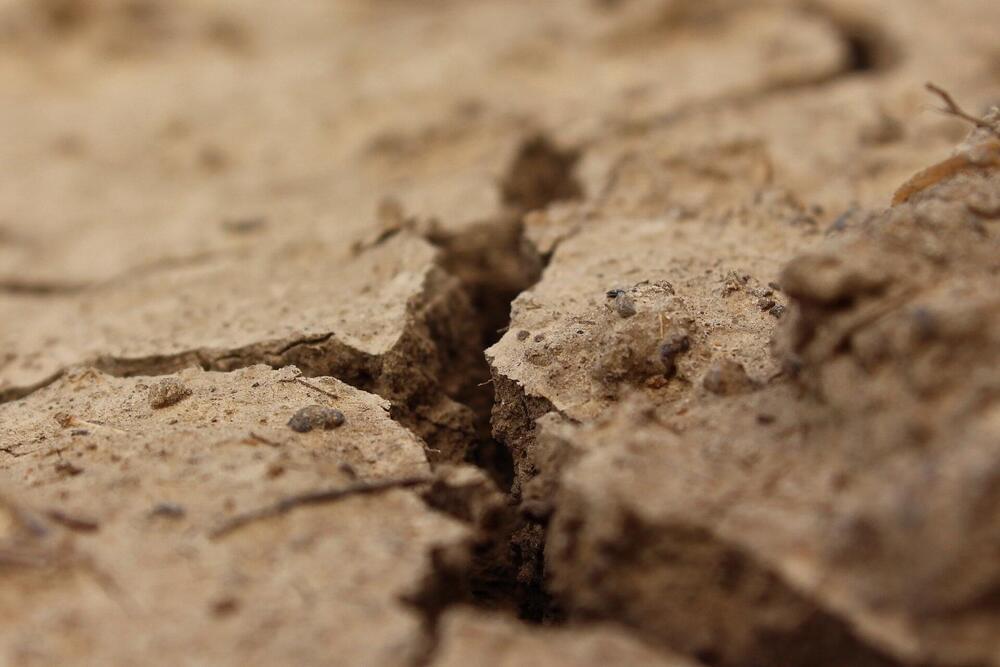Aug 23, 2022
Pawpaws are America’s hidden edible treasure. Here’s how to pick them
Posted by Shubham Ghosh Roy in categories: biotech/medical, food
Pawpaw varieties are assessed on their flavor, yield, fruit size, texture, and disease resistance, Crabtree says. She adds that the “best varieties” would be high yield trees that produce a pawpaw with “firmness and/or creaminess that’s not watery, mushy, or gritty” as well as a lower percentage of seeds.
Hunting for pawpaw
Native to 26 states, pawpaw can be found along the East Coast between Ontario, Canada, and northern Florida west to Kentucky, Ohio, Michigan, Nebraska, Kansas, and even Texas.
